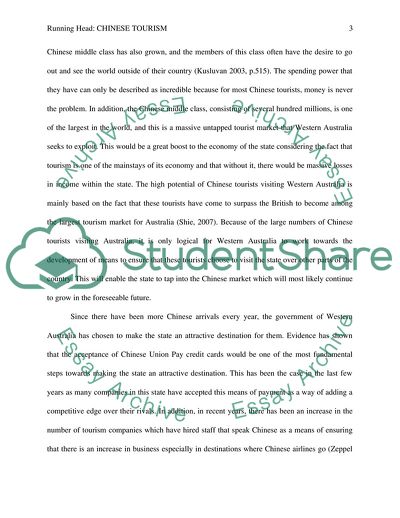Cite this document
(How to Attract More Chinese Tourists to Western Australia Coursework Example | Topics and Well Written Essays - 2500 words, n.d.)
How to Attract More Chinese Tourists to Western Australia Coursework Example | Topics and Well Written Essays - 2500 words. https://studentshare.org/tourism/1830004-how-to-attract-more-chinese-tourist-to-western-australia
How to Attract More Chinese Tourists to Western Australia Coursework Example | Topics and Well Written Essays - 2500 words. https://studentshare.org/tourism/1830004-how-to-attract-more-chinese-tourist-to-western-australia
(How to Attract More Chinese Tourists to Western Australia Coursework Example | Topics and Well Written Essays - 2500 Words)
How to Attract More Chinese Tourists to Western Australia Coursework Example | Topics and Well Written Essays - 2500 Words. https://studentshare.org/tourism/1830004-how-to-attract-more-chinese-tourist-to-western-australia.
How to Attract More Chinese Tourists to Western Australia Coursework Example | Topics and Well Written Essays - 2500 Words. https://studentshare.org/tourism/1830004-how-to-attract-more-chinese-tourist-to-western-australia.
“How to Attract More Chinese Tourists to Western Australia Coursework Example | Topics and Well Written Essays - 2500 Words”. https://studentshare.org/tourism/1830004-how-to-attract-more-chinese-tourist-to-western-australia.


